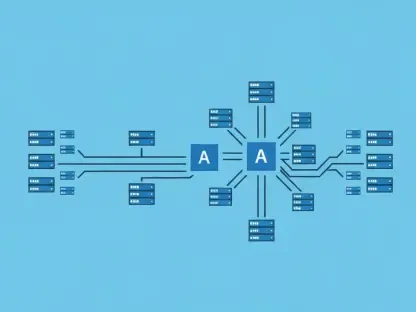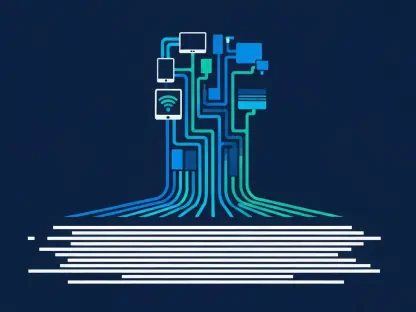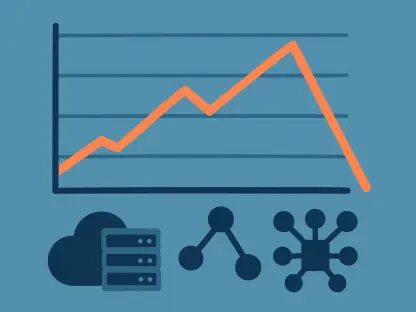Virtualization has become a fundamental concept, revolutionizing the way we interact with technology. At the core of this transformation lies the virtual machine (VM), an ingenious creation that has redefined the possibilities of computing. Whether you’re an IT professional or simply an avid technology enthusiast, understanding the intricacies of virtual machines is essential to navigating the modern technological landscape. In this article, we will take a peek into the world of virtual machines, exploring their inner workings and shedding light on their myriad applications.
What Is a Virtual Machine and How Does It Work?
A virtual machine (VM for short), simply put, is a computer consisting only of a layer of software. You can run any program or application on it that you would normally run on a machine, such as a laptop or server. Like a physical computer, a virtual machine has an operating system (for example, Windows or Linux), file storage space, connectivity and data transfer capabilities, settings, and configuration options. It is fully isolated from any other virtual machines (guests) running on the same physical device (host).
Virtual machines allow multiple different operating systems to run simultaneously on a single computer, for example, running Linux on a laptop that runs macOS software. Each operating system runs as if it were an operating system or application running directly on a physical device.
A VM is an environment that runs as a virtual computer system with its own processor, memory, network interface, and storage. A VM is created on a physical device, such as a server, computer, or laptop. Multiple machines can exist on the same device, and each machine is isolated from the system and from the other VMs.
A piece of software called a hypervisor separates the machine’s resources from the hardware and handles them so they can be used by the VM. Such physical machines, equipped with a hypervisor, are called “hosts”. In contrast, virtual machines using resources are “guests”.
The hypervisor treats computing resources, such as CPU, RAM, or disk space, as a pool that it can distribute among existing or new virtual machines (guests). When necessary, resources are allocated from the physical environment to the VMs. When a virtual machine is running and a user or program issues an instruction requiring additional resources from the physical environment, the hypervisor forwards the request for physical system resources so that the operating system and guest applications can access the shared pool of physical resources.
What Are Virtual Machines Used For?
Today, virtual machines play a big role in the development of applications, tools, or other digital products, including the on-premise model.
The most common use of VMs is to create server infrastructure. Created on physical servers, VMs have the resources and provide more flexible scaling up and down, depending on demand. They allow users to create an environment that behaves like a separate, independent computer. Such a computer runs in a desktop application or via a web browser. VMs allow users to create an isolated environment that can be used for testing or developing applications or a particular functionality.
VMs are also used to run tasks that would be dangerous to a physical computer – for example, accessing infected files or running operating system tests. The guest software from which the VM is built does not affect the host software in any way.
Since VMs can be easily turned on and off, migrated, or adapted, they provide great support in DevOps work. VMs also facilitate the creation of a hybrid environment, combining physical infrastructure with virtual resources, including those located in the cloud.
VMs can also be used as part of a Disaster Recovery plan. Replicating applications in a cloud environment using VMs allows users to create an additional layer of security to ensure the availability and continuity of applications when switching to virtual resources. In addition, resources and data can be continuously updated in the cloud environment to the current version of the main system.
The Advantages of Virtual Machines
Virtual machines allow users to create a proof of concept or update a product in an isolated environment easily and relatively inexpensively, allowing them to conduct tests before deploying functionality to a production version.
The consolidation of virtual machines (combining many small, distributed workloads into one computer) lets users streamline maintenance work. Time that was previously spent on handling distributed workloads, can be allocated to development. Consolidation also translates into lower power consumption and minimizes the risk of infrastructure outages.
Virtual machines can be a financially optimal way to host legacy application components without having to refactor them, adapt them for a new environment, and conduct migrations. Over time, as the physical infrastructure ages, virtualization will help maintain performance levels. Administrators will be able to run newer versions of software while also being able to access older versions.
When used in a disaster recovery plan, VMs allow applications to maintain high availability and business continuity, even when the main infrastructure shuts down completely.









